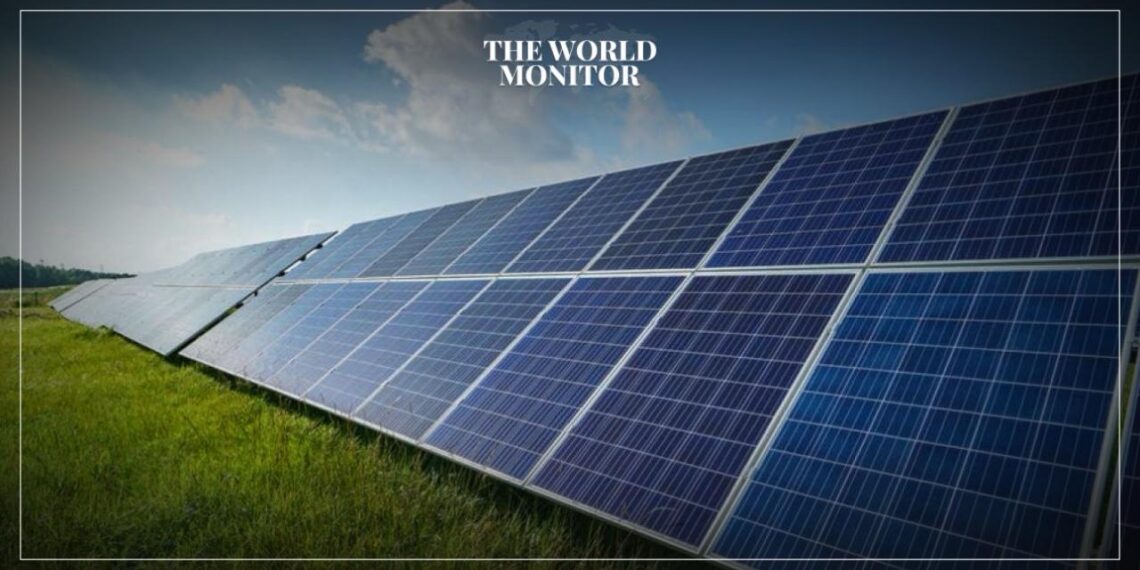Ahmed Lamlas, the Yemeni Minister of State and Governor of Aden has officially inaugurated the phased activation of the solar power station provided by the United Arab Emirates (UAE), now connected to the electric grid of Aden, Yemen’s temporary capital.
This marks the entry of the UAE’s solar power station in Yemen, launching as the country’s first and largest strategic project for clean and renewable energy.
Governor Lamlas emphasized the significance of this solar plant for the electric power system and its role in reducing the reliance on fuel-powered stations, which previously cost the Yemeni government over $100 million monthly. He expressed gratitude for the UAE’s support for the electricity sector and various other sectors in Aden, viewing it as a continuation of the legacy of the late Sheikh Zayed bin Sultan Al Nahyan and his descendants, who exemplify the spirit of “good successors to good ancestors.”
The UAE’s initiative and support for Aden and its people have been significant, with hopes for the project’s future expansion to transform Aden into a city reliant on renewable and clean energy.
The Minister of State expressed the local authority’s delight in the solar power station project, initiated under the directives of Sheikh Mohamed bin Zayed Al Nahyan, President of the UAE, and noted ongoing efforts to enhance and stabilize electricity services, especially during the summer months when Aden residents face significant challenges.
The trial operation began on Monday, with power generation ranging between 20 and 30 percent of the station’s total 120-megawatt capacity, aiming for full operational status within three months. This station represents Yemen’s first and largest strategic venture into electricity generation through clean and renewable energy, established through a joint cooperation agreement between Yemen’s Ministry of Electricity and Energy and Abu Dhabi’s Future Energy Company “Masdar” to supply Aden with a 120-megawatt solar power facility.
This includes constructing transmission lines and substations to distribute the generated electricity.
This project is expected to reduce the cost of electricity generation during the day and the need for fuel in power stations while contributing to environmental conservation by minimizing carbon emissions. Located in “Bir Ahmad” west of Aden, the solar power station spans 1.6 million square meters and is constructed alongside a 9-kilometer transmission line for energy transfer and distribution.
Yemeni officials highlight that the UAE-provided solar power station includes a transmission line and a solar field for energy production, marking it as a strategic project. Aden has faced challenges with energy transfer, distribution, and inter-district grid connections.
Construction and preparations for the solar power station site began in December 2022, with continuous work throughout 2023 to ensure the project’s completion by 2024. According to the Yemeni government, the UAE’s support through this 120-megawatt solar power station will alleviate the people’s suffering from constant electricity outages and save substantial amounts spent on rented stations and diesel fuel, estimated at around $100 million monthly.
Media reports quoting the project’s engineers state that the station was designed to withstand wind speeds of 173 km/h, featuring concrete bases 2 meters underground and 1.35 meters above ground reinforcement.
The extensive land area allows for future expansion of up to 650 megawatts, enabling the Yemeni government or any donor to add solar panels to the project as long as the land permits, without altering the towers and the rest of the system.






